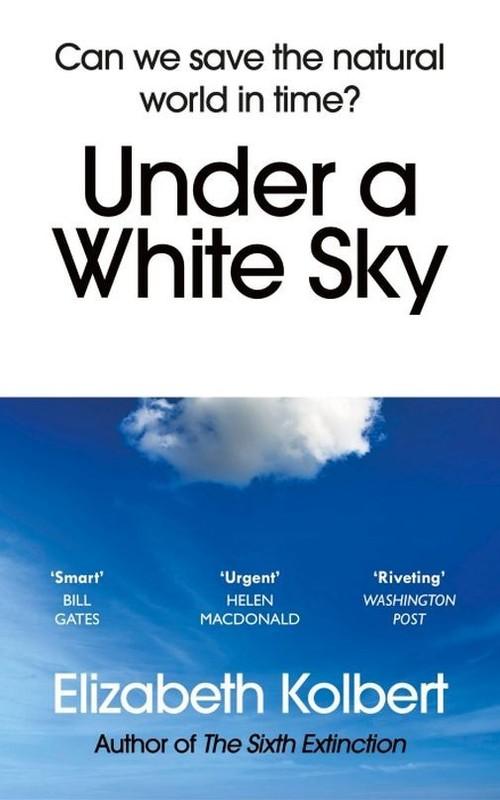

A fitting follow-up to her Pulitzer Prize–winning The Sixth Extinction ( SN: 2/22/14, p. This is “a book about people trying to solve problems created by people trying to solve problems,” she writes. Our collective ingenuity got us into this mess, and Kolbert explores whether that same ingenuity can get us out. We’ve warmed the atmosphere, raised sea levels, erased countless species and forged an uncertain future for humankind and the planet. We’ve put our minds toward damming or diverting most of the planet’s rivers, replacing vast tracts of natural ecosystems with crops, and burning so much fossil fuel that 1 in 3 molecules of atmospheric carbon dioxide came from human action, she writes. The engineering feat worked, but it also connected the Great Lakes and Mississippi River basins, two of the world’s largest - and until then, isolated - freshwater ecosystems, allowing invasive species to pour through the opening and wreak ecological havoc.Įlizabeth Kolbert opens Under a White Sky: The Nature of the Future with this parable of humans’ hubristic attempts to control nature.

The plan was to reverse the flow of the Chicago River to divert waste away from the city’s source of drinking water: Lake Michigan. In 1900, the city of Chicago completed a 45-kilometer-long canal that altered the hydrology of two-thirds of the United States.


 0 kommentar(er)
0 kommentar(er)
